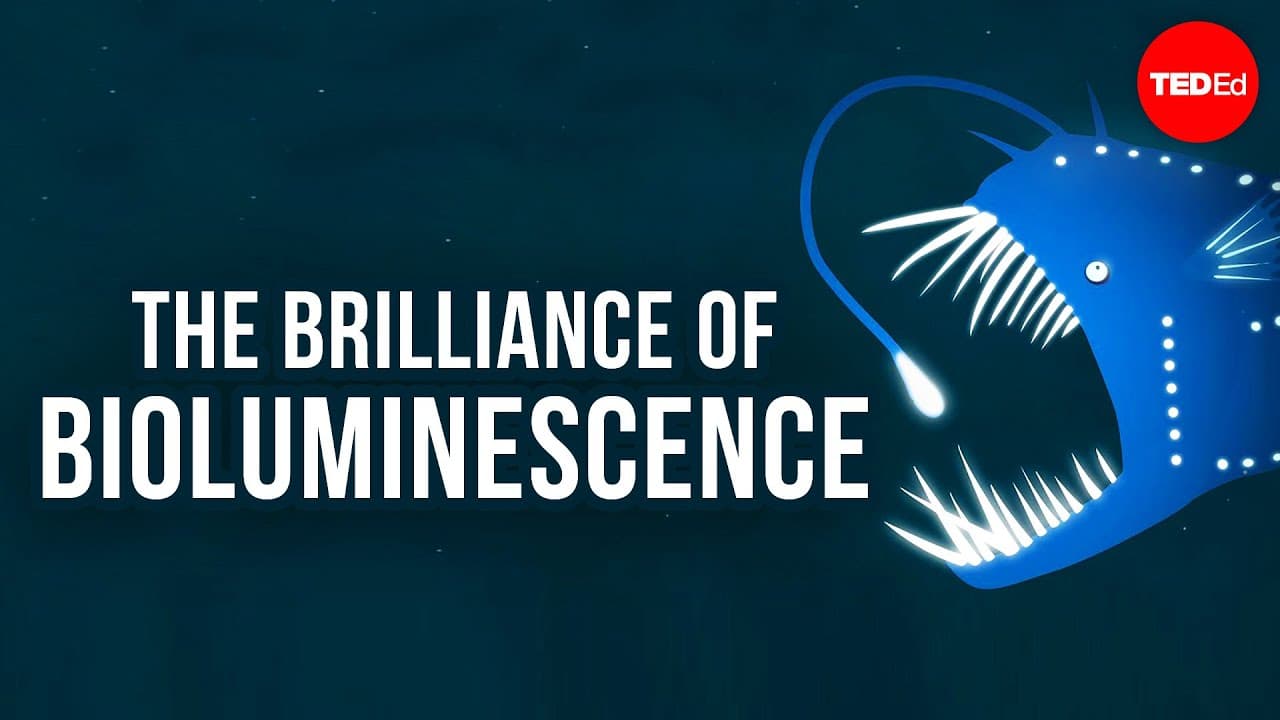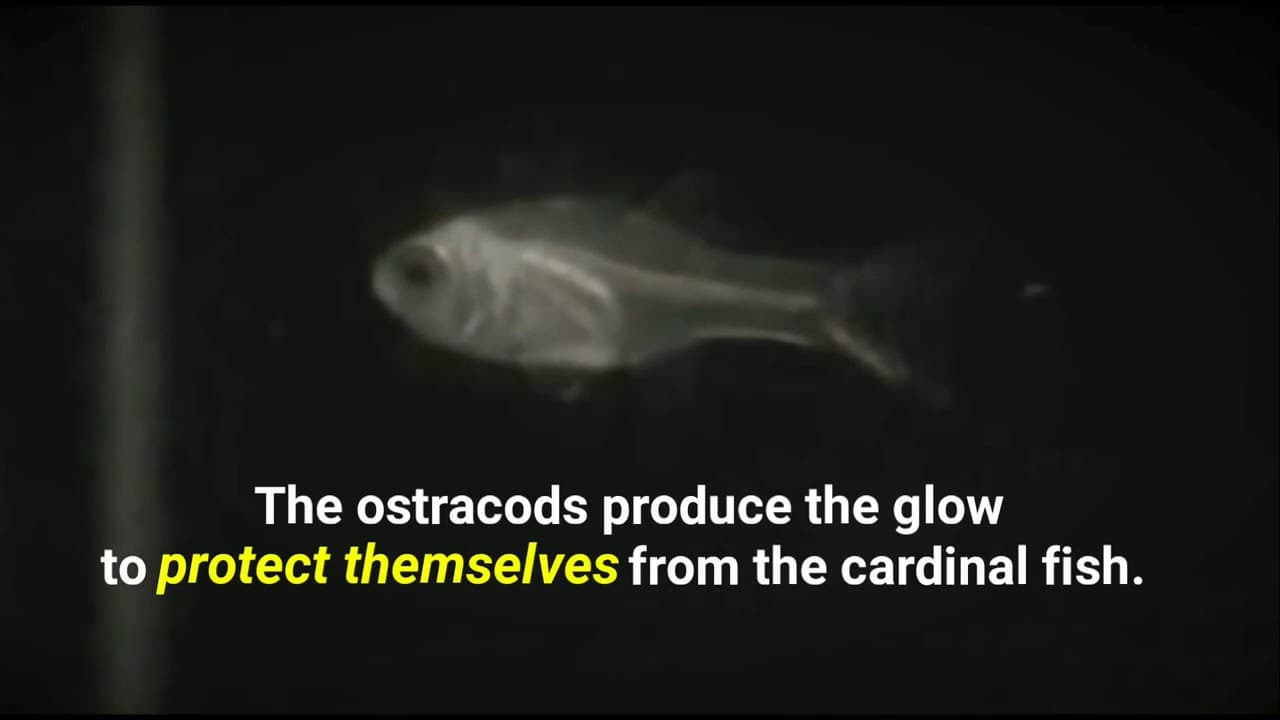Why 75% of ocean animals glow
About 75% of ocean creatures can make their own light. It’s called bioluminescence—and it all comes down to a special chemical reaction happening inside their bodies.

Bioluminescence is the process by which an organism produces its own light due to a chemical reaction. It is sometimes mistaken with biofluorescence, the re-emission of absorbed light in a new color.
Hours of research by our editors, distilled into minutes of clarity.
About 75% of ocean creatures can make their own light. It’s called bioluminescence—and it all comes down to a special chemical reaction happening inside their bodies.

Unlike glow sticks, bioluminescent reactions use renewable resources like oxygen and ATP. This ability allows fireflies to mate and deter predators, angler fish to confuse and attract prey, and deep-sea shrimp a means of defense by vomiting glowing slush.

A chemical reaction between luciferin and oxygen—catalyzed by luciferase—produces light within bioluminescent organisms. Biofluorescence, on the other hand, sees special proteins absorb light of one wavelength and re-emit light at another (usually longer) wavelength.
Some species produce a quick flash of light, while others glow steadily with an eerie glow, often in response to being disturbed or seeking attention. Snails, worms, fungi, and other organisms highlight that this ability evolved independently, rather than from one common ancestor.

After analyzing fossils, genetic data, and statistical methods, scientists believe octocorals were the first organisms to evolve light-producing abilities. As a result of independent evolution across at least 94 species, this phenomenon is connected to a diverse range of behaviors.
Variations in the illumination patterns and flight paths while emitting light have been observed across firefly species. Some species instead rely on pheromones if they are primarily active during the day or have lost the ability to illuminate.
Bioluminescence can startle predators, camouflage, lure prey, confuse rivals, or facilitate mate recognition. One tactic—the burglar alarm—involves an organism releasing light to attract a larger predator to its attacker as a means of defense.
When caught in the mouths of cardinal fish, this type of ostracod releases luciferins and photoproteins to illuminate the fish’s body quickly. Fearing being seen by a larger predator, the ostracod is released alongside the chemicals.

Near-infrared luciferase systems allow researchers to image and analyze cellular activity in living animals because they penetrate tissue more deeply than visible light. This provides a means of studying gene expression and protein interactions without harming the animals.
French start-up Glowee is experimenting with lights made from bioluminescent microorganisms in public spaces to reduce energy use. While the technology shows promise, challenges remain with brightness, maintenance, and scaling it for widespread use.

Since our ancient human relatives began using stone tools to perform tasks, humans have harnessed scientific knowledge and new technologies to expand the boundaries of our understanding of the natural world. From quantum computing and microplastics to artificial intelligence and memory, explore these topics and more with our concise yet informative overviews and expert-curated resources.